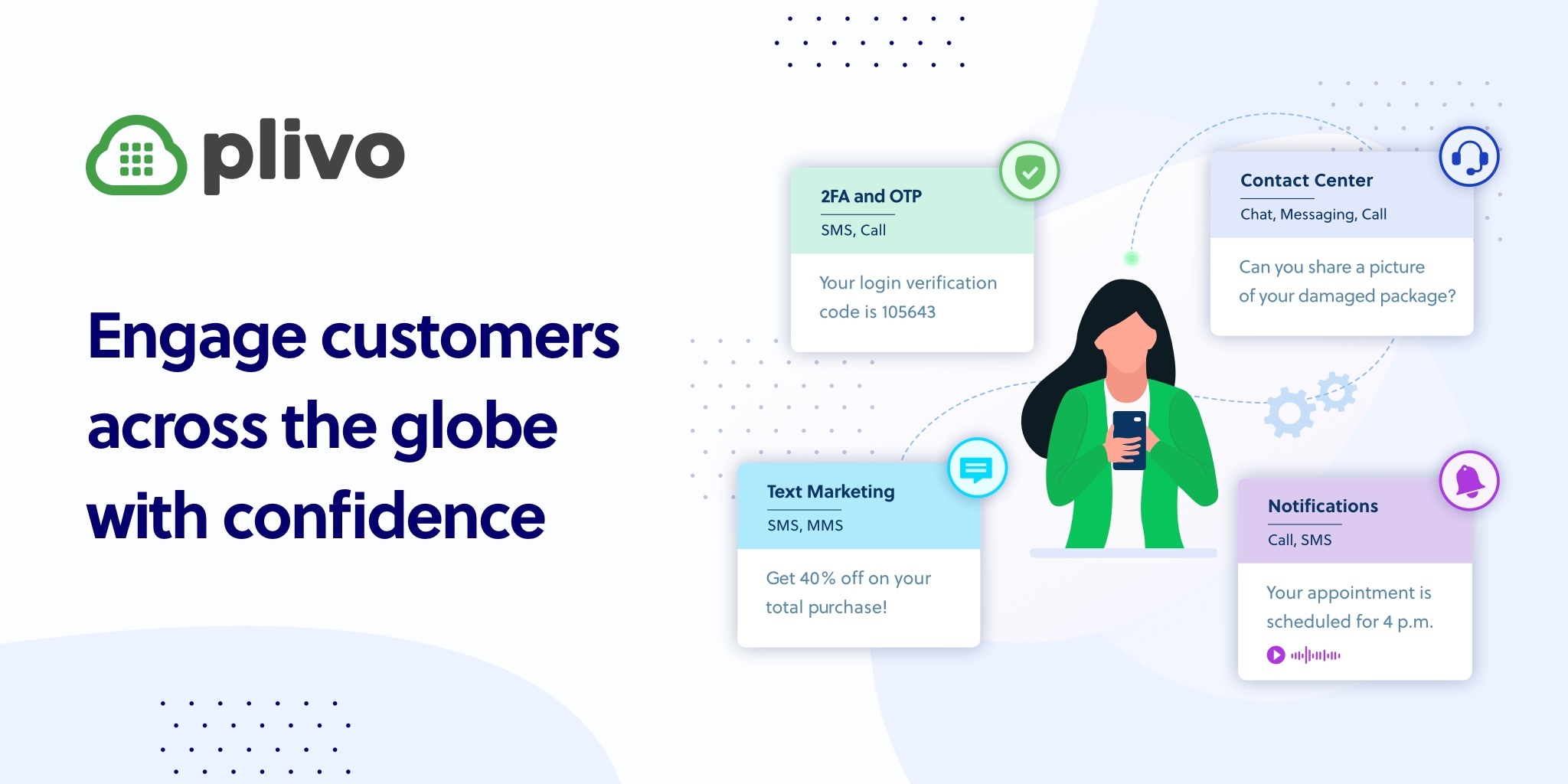SMS API Integration: Send SMS from Your App with Ease
Integrate SMS functionality into your app and streamline user communication! This guide explores SMS API integration, empowering you to send SMS notifications and alerts. Discover how to leverage SMS APIs to enhance user engagement all within a user-friendly and efficient framework.
When developing applications, you often need to send SMS to users for various reasons, such as authentication. In this article, we'll introduce convenient SMS APIs that allow you to easily integrate SMS-sending functionality into your app.
Apidog's arsenal of features, encompassing shared API documentation, automatic code generation, and test automation, empowers developers to accelerate API-driven projects.
Start using Apidog now by clicking the button below!

Why Integrate with SMS Sending Services?
There are several reasons why you might need to send SMS to users during application development:
- Two-factor Authentication (2FA)
To enhance security, you may require users to enter a temporary authentication code sent via SMS in addition to their password during login or account registration. This effectively prevents unauthorized access. - Password Reset
If users forget their passwords, you can send them a temporary reset code or link via SMS to help them reset their passwords. - Account Verification
During new account registration, you can send a verification code via SMS to confirm the user's ownership of the provided phone number. - Promotions/Marketing
You can send app promotions, new feature announcements, and campaign information via SMS. - In-App Notifications
You can send important in-app activity or notification updates via SMS, allowing users to receive real-time updates even when they're not actively using the app. - Identity Verification
If you need to physically verify a user's presence, you can request them to enter an SMS code for identity verification.
SMS has a high delivery rate, and most users have access to it, making it suitable for sending important notifications and authentication. However, there's a risk of being perceived as spam, so it's essential to collect and use phone numbers appropriately.
Integrating with SMS Sending Services: APIs are the Most Convenient
To integrate SMS-sending services into your app, instead of developing your own SMS-sending service, integrating SMS-sending functionality through an API is the easiest solution. Using an API offers several benefits:
- Easy Integration
You only need to call the API, eliminating the need to build your own SMS gateway or infrastructure. This simplifies development significantly. - Scalability
API providers already have scalable infrastructures, allowing them to handle large volumes of SMS traffic. You don't need to worry about scaling on your own. - Global Reach
API providers have connections with carriers worldwide, enabling you to send SMS globally. - Cost Reduction
Using an API is often more cost-effective than building and maintaining your own SMS gateway. - High Reliability
Reputable API providers offer high delivery reliability and availability, far more stable than self-built solutions.
However, using an API means you'll be dependent on the API provider and incur API costs. If easy integration and reducing initial costs are priorities, using an API is likely the optimal choice.
Examples of SMS APIs Available
There are many SMS-sending APIs available for integration, and the appropriate choice may vary depending on your region or use case. It's recommended to review the details and conditions beforehand. Here are some commonly used SMS-sending APIs:
Twilio API
A well-known cloud communications platform used globally, Twilio offers not only SMS but also voice, video, chat, and other features. It supports various programming languages, allowing integration regardless of your development language.

Plivo API
Similar to Twilio, Plivo is a cloud communications platform offering low-cost, multi-tenant, and carrier-grade reliability. It also supports major programming languages.

AWS SNS (Simple Notification Service)
A managed notification service provided by Amazon Web Services, AWS SNS supports SMS, email, mobile push notifications, and HTTP endpoint notifications. Being an Amazon service, it integrates easily with other AWS services.

Each API has its own strengths and weaknesses, so it's crucial to choose the most suitable one based on your use case, budget, security requirements, and other factors. Before using an API, review the documentation thoroughly and test sample codes.
Sending SMS with Twilio API
In this part, I will take the Twilio API as an example to introduce how can you integrate the SMS sending service into your app.
If you want to send SMS messages using the Twilio API and Node.js, you can follow the following steps:
- Setting up a Twilio account and obtaining the necessary API credentials.
- Installing the required dependencies, including the Twilio Node.js SDK and Express framework.
- Writing the Node.js code to create an Express server and send SMS messages using the Twilio SDK's
messages.create()method. - Testing the API using a tool called Apidog, which is an alternative to Postman for testing APIs.
- Potential enhancements and additional features offered by Twilio, such as sending MMS messages and scheduling SMS messages.
For more detailed guideline, you can refer to the following article:

Efficient SMS API Management Accelerates Development
When developing apps, you may need to use various APIs, including SMS APIs, to extend functionality. Failing to manage these APIs effectively can significantly hinder development efficiency. By adopting an API management tool like Apidog, you can manage APIs more efficiently, accelerating app development.
Conveniently Import API Specifications from cURL and Others
Apidog allows you to import API specifications directly from popular API clients like cURL, OpenAPI/Swagger, and Postman, eliminating the need to manually re-enter API specifications.
Instantly Generate Documentation Based on API Specifications

Apidog automatically generates documentation from the imported API specifications. The generated documentation is highly visual and easy to read, making it simple to share with your development team.
Generate Implementation Code and SDKs from API Specifications

Apidog can generate implementation code and SDKs for various programming languages (Java, Python, Ruby, Node.js, etc.) from your API specifications, eliminating the need to write code manually and increasing development efficiency.
Review Test Scenarios to Improve API Design Quality

With Apidog, you can create test scenarios and execute API flows in a simulated production environment. Running the generated test scenarios allows you to verify API design quality and behavior, preventing potential bugs.

By using an API management tool like Apidog, you can efficiently manage various APIs, including SMS APIs, resulting in significantly improved app development productivity. Apidog's features, such as shared API documentation, automated code generation, and automated testing, accelerate API-driven development.
Summary
In this article, we discussed the benefits of integrating SMS-sending functionality into apps during development and how to leverage SMS APIs. Major SMS API providers include Twilio, Plivo, AWS SNS, and Nextritnx. By selecting and integrating these APIs appropriately, you can achieve secure, scalable, and cost-effective SMS-sending functionality.
However, when using multiple APIs, including SMS APIs, API management can become a challenge. Utilizing an API management tool like Apidog offers numerous benefits. Apidog streamlines API management, accelerating the entire development cycle and allowing you to smoothly combine and utilize various APIs, including SMS APIs.
As the importance of SMS-sending functionality in application development continues to grow, leveraging SMS APIs and API management tools can maximize development efficiency and deliver superior user experiences.








